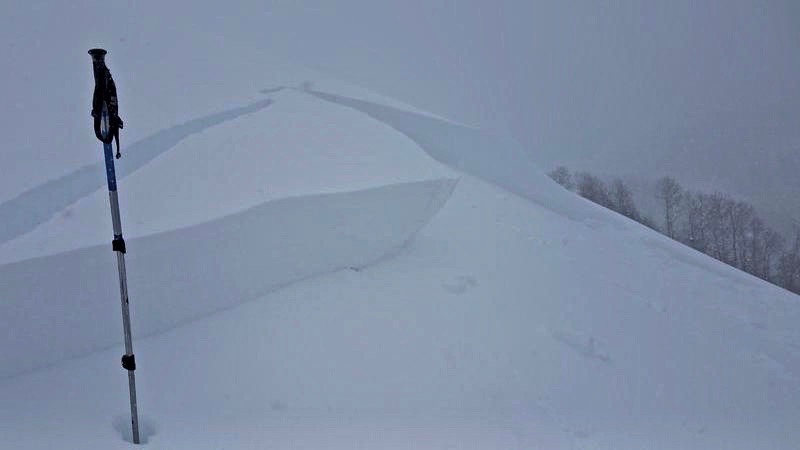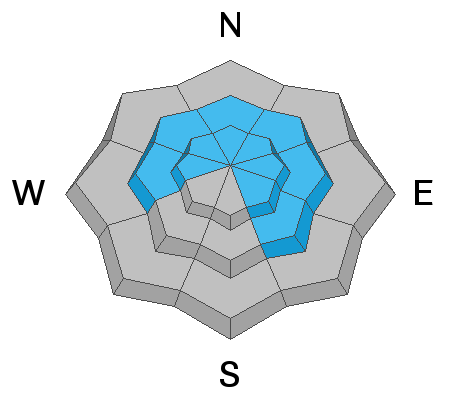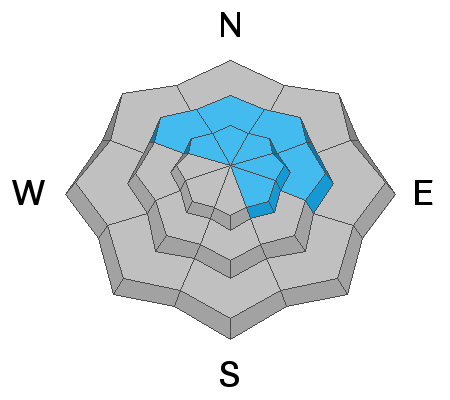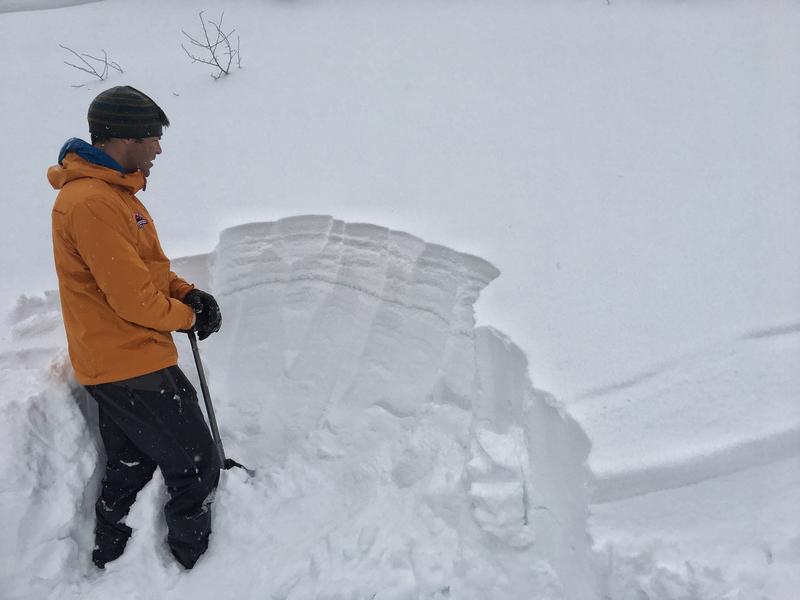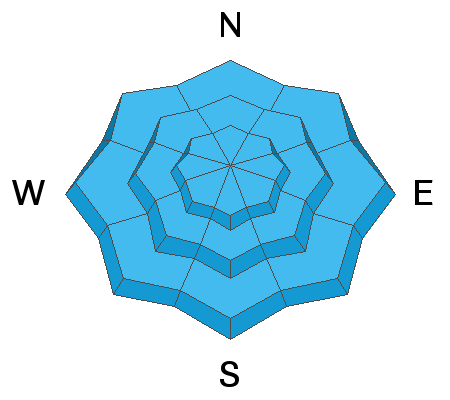Forecast for the Salt Lake Area Mountains

Issued by Mark Staples on
Tuesday morning, February 5, 2019
Tuesday morning, February 5, 2019
With so much new snow and wind, today has dangerous avalanche conditions. The avalanche danger is HIGH at upper elevations where the combination of new snow, wind drifted snow, and buried weak layers will produce avalanches. With snow falling today and continued strong winds, some avalanches may happen naturally. Avoid being on or underneath avalanche terrain which is any slope steeper than 30 degrees. The avalanche danger is CONSIDERABLE at mid elevations which are experiencing strong winds as well. Avalanches are still possible at low elevations where the danger is MODERATE.
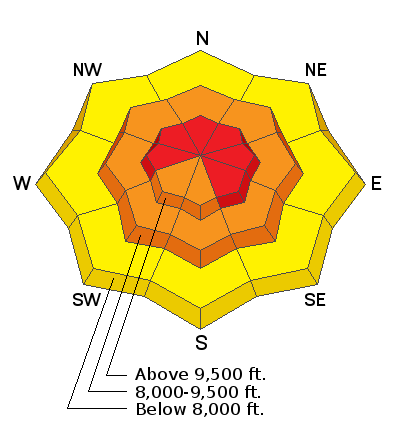
Low
Moderate
Considerable
High
Extreme
Learn how to read the forecast here



